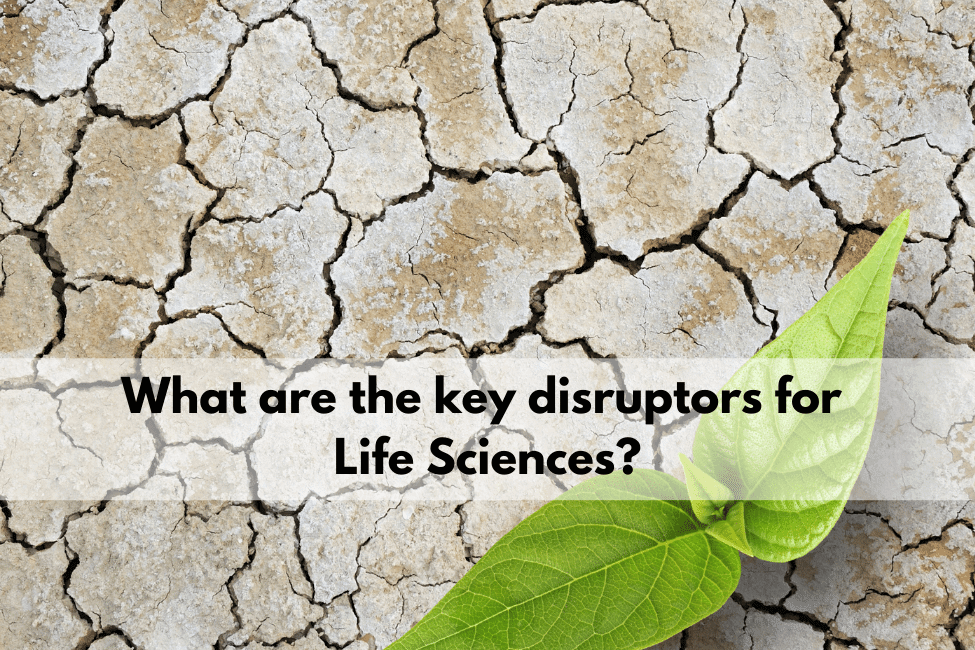Every industry goes through changes over time and the Life Sciences industry is no exception. But not every change is significant. With so many buzzwords and jargon being thrown around, sometimes it’s hard to wade through the noise and get to the heart of it all.
For those in the business who are pressed for time but eager to stay current with the latest industry news, we’ve compiled this expert roundup. Straight from industry leaders, learn the key disruptors for Life Sciences in the year ahead.
More attention to the value of data
“With AI projects estimated to increase four-fold in the next 2-3 years across various domains, there will be more focused attention on data veracity as the detrimental consequences of poor data on these initiatives are further exposed. There must be a high degree of confidence in the provenance and credibility of data to effectively deploy innovative technologies and successfully measure their return on investment with both accuracy and precision.”
~ Vada A. Perkins
Once the term AI, or Artificial Intelligence was fodder for science fiction enthusiasts and dreamers only but this is now a burgeoning technology field and a hot topic among many life sciences. On trend in the field of medicine is the possibility that some tasks now performed by humans could be carried out by artificial intelligence platforms in the near future.
Artificial intelligence has successfully diagnosed diseases, such as Diabetic Retinopathy and some cancers and has performed other tasks such as managed care, case management, and genome analysis. As the expertise dictates further equipment, tools, and functions will find their way into our healthcare institutions and doctor’s offices. As Mr. Perkins mentioned however, the authenticity and accuracy of the patient’s data, as well as privacy matters are a primary concern that warrants further concern and care.
The creation of new reimbursement models
As these technologies become more commonplace in our lives and advances in the delivery systems for this technology becomes a reality we will encounter another common interest most of us share; the cost of utilizing these advancements. According to Senior Reporter Natalie Morrison this obstacle is currently under speculation.
“As newer medicines being approved become more expensive, but with a value realized over a number of years – even a lifetime in some cases – life science companies and payers will have to work on new reimbursement models which healthcare systems can bear. The recent CAR-T approvals are good examples of this, with list prices set up to $475k, but benefits potentially spanning a lifetime. Life sciences companies will be considering engaging with payers as early as possible. Meanwhile, payers including U.S. insurance companies and health technology assessment bodies like the UK’s NICE, will all be considering models including pay-for-success (as seen in the CAR-T space) as well as payments staggered by efficacy targets, and other ways to spread the cost.”
~Natalie Morrison
AI leading the way to new innovations
As corporations, institutions, and other organizations continue to make advances in methodology and delivery of the newest advances in technology it is certain that our lives will feel the impact in both familiar and new ways. What once seemed far-fetched will actualize in this lifetime for many of us by means of longer life spans and increased health during that lifetime.
“Most Life Science organizations are in transition due to scientific and technology advances and the theme of innovation is front and center. While there is a tremendous focus on document management modernization, structured authoring concepts, and end-to-end platforms, the emerging application of Artificial Intelligence and robotics have started to pick up in 2018 and become mainstream by 2020. This will range from natural language processing for regulatory intelligence and translations to the connectivity and process automation of key processes between the regulatory function and supply release/product change control.”
~ Steve Gens MSOD, Founder of Gens and Associates
As artificial intelligence continues to expand its abilities and becomes more commonplace in daily functions we can only expect that it will impact how businesses operate. The technology available will begin to assist companies in ways once only done by humans, leading to innovations not possible before.
Conclusion
All three of our experts agree, future of the Life Sciences industry will see a sustained focus on transformational change. Companies continue to seek to reduce costs while striving to drive innovation at a faster pace. Life Sciences must embrace digital in order to keep up with rapidly changing external pressures. Some companies may be hesitant to change what has worked in the past. But, it appears that companies may no longer have the luxury of holding back.
Let us know what you think the trends will be in 2021 for Life Sciences and share it with us via hello@docshifter.com or via our social media.



